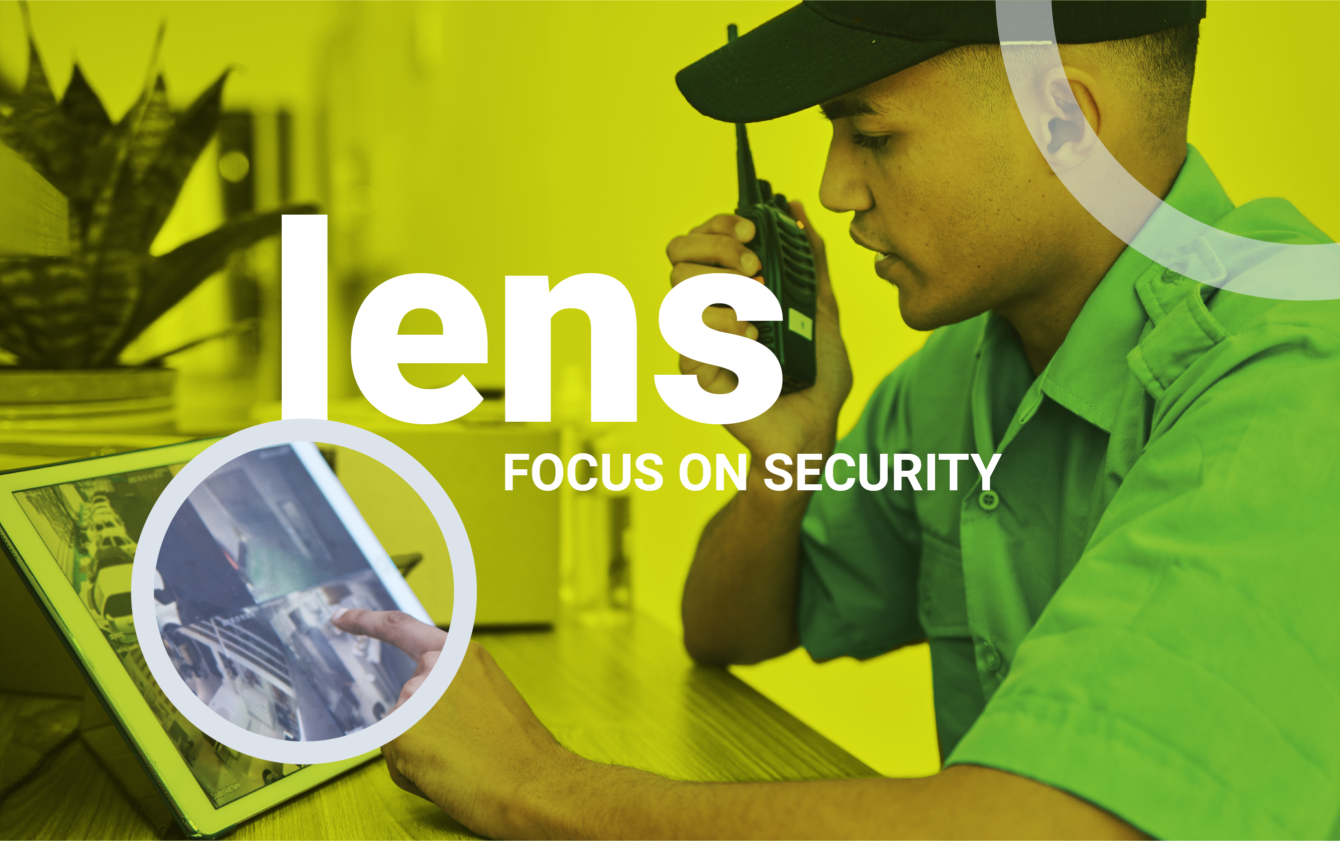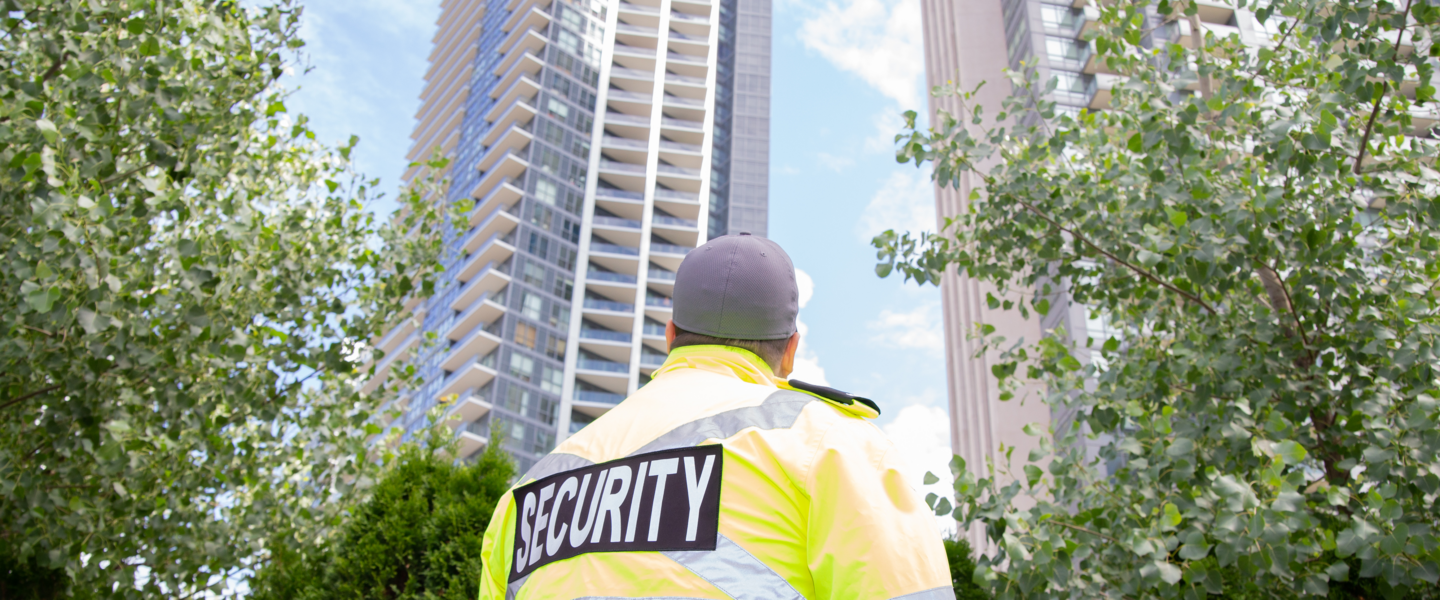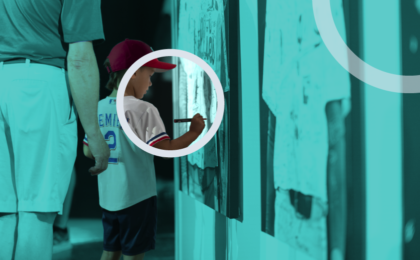
Lens is an initiative dedicated to the study of external factors and influences at play in the world of live events, created and moderated by the Strategy team at BaAM.
2020 was a year for the books! With all the change, unknowns and stressors came the opportunity to take a breath and re-evaluate. To look closely at how we work, from ideation to concept, development, production, and implementation – especially regarding large-scale IRL, virtual and hybrid events.
This was an opportunity to sit down with (well, actually Zoom with) Alan Tungate and Chris Woodford – two veteran Health & Safety and Security pros that BaAM has had the pleasure of collaborating with on past events, to discuss event security planning best practices.
Alan and Chris have been instrumental in the planning and execution of some of the world’s largest, live, public events: The London Marathon, Ride London, Royal Parks Half Marathon, Formula E London, TwitchCon Berlin, Olympic Opening and Closing Ceremonies for Sochi 2014 and London 2012 - to name but a few.
PLANNING & COLLABORATION
Event security and crowd management are an essential component of every live experience. Tungate relies on early planning collaboration for seamless development:
“Collaboration with all stakeholders – producers, organizers, local jurisdictions – early in the planning process ensures that security measures are an integrated aspect of the event experience, not simply an added layer of rules and controls."
Tungate adds, "Discuss, understand and design considering the science of crowd behavior. Dissect how people behave when a crowd is at capacity, how they move safely at ingress and egress, how they navigate the experience site and then plan the security measures.”
Collaboration with all stakeholders – producers, organizers, local jurisdictions – early in the planning process ensures that security measures are an integrated aspect of the event experience, not simply an added layer of rules and controls.
Tungate adds, "Discuss, understand and design considering the science of crowd behavior. Dissect how people behave when a crowd is at capacity, how they move safely at ingress and egress, how they navigate the experience site and then plan the security measures.”
THE HUMAN FACTOR
How can security measures evolve beyond simply policing a crowd?
Woodford stresses the human interaction with crowds in live events: “When the first security contact is positive and supportive it sets the tone for the whole event experience. Event ambassadors and greeters trained in event security protocol become the human message conveyor with ‘Welcome’ and ‘directional or instructional’ information. This approach informs the experience in the moment, when the crowd is fluid, nervous, excited and curious.”
Tungate’s view is based on studying crowd behavior on the ground and formally: “Crowd management with the bigger experience intent in mind is about understanding what the crowd wants to do and incorporating that live energy by creating spatial and experiential elements to guide behavior.”
PLAN FOR ONE PLAN FOR MANY
Planning for large crowds is complex and nuanced, so how would security planning best practices consider the individual experience as a driver and extension of planning for groups?
According to Woodford: “Crowds come from individually unique backgrounds with their own behavior and functioning values, yet when they come together as fans and unite in spirit they adopt a new set of behaviors that are fan and follower community-based. A potential rogue participant will typically be reassured by the positive values of the group to follow the experience rules – the influence of one affected by the influence on one."
"Consider the mentality of the crowd from the individual to the group, where they are from and what they typically do in their daily lives. This approach allows for managing crowd behavior with scenario behavior planning and ultimately the specifications for correct physical barrier elements, considering staffing levels, sight lines, stability and response flexibility.”
COMMUNICATION
Tungate stresses that communication is key from the experience intent to staff training and acceleration protocols, and especially critical to the fans and what they will experience: “Communicate early, pre-event so fans are prepared and educated on what to expect. Disorganization and confusion detract from fostering positive crowd behavior."
"Planning in conjunction with communication allows the infrastructure to serve and flex at human scale, as necessary, to speed up or slow down, to create a safer space and crowd flow, within a seamless crowd experience."
"The result is a memorable crowd experience that runs smoothly with little or no incidents running contrary to the event experience goals.”
About our contributors:
Alan Tungate [BA(Hons), DipNCRQ, GradIOSH] is an Owner, Director – Safety Consultant at Logical Safety Solutions, UK. A strong Operations professional with a specialty in Planning, Command & Control, Risk Assessment, and Crisis Management, with a First-Class Honours degree in Crowd and Safety Management and a NEBOSH Health & Safety qualification.
Chris Woodford [AMIIAI, FdA Crowd & Safety Management, DipNEBOSH, Dip Event Safety Management] is an Owner, Director – Safety Consultant at Logical Safety Solutions, UK with specialty experience in Event Risk Management, Risk Assessment, Health & Safety, Site Design, Queue Management, Safe Site Design & Configuration, Event Safety and Event Management.
Gary Myers is Vice President - Strategy & Creative at BaAM. An architect by training, he has a deep understanding of how people interact with spaces and places, and leads Ideation, Creative and Design for BaAM’s LIVE Experiences.
With our Lens series, we are tapping the brightest minds and broadening the dialogue to better understand factors at play when engaging large audiences.



